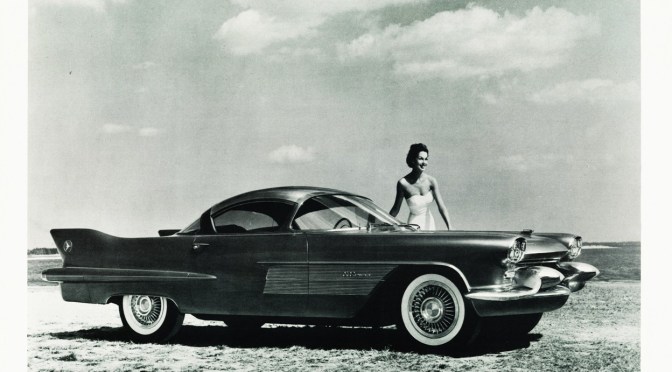In this blog, I focus on the dangers of driving vehicles in the United States and ways to minimize those risks through safe driving practices and the selection of safe vehicles. I also present a variety of case studies in effort to learn from the mistakes of others.
However, this does not mean that I believe the solution to auto safety involves the use of ever larger vehicles. In fact, the truth of the matter is that there are a range of countries in which the risks of dying in auto collisions are significantly lower than they are here in the US. An article in Newsweek provides a brief introduction to this point.
(A map of Blood Alcohol Limits in Europe).
“Americans die on the roads at twice the rate of Europeans. Against all rich countries the U.S. doesn’t fare much better. The World Health Organization calculates an average of 8.7 fatalities per 100,000 people in high income countries compared with 11.4 in the U.S. and only 5.5 in the European Union. Subpar road safety in the U.S. shows up in other measures too, such as deaths per car or deaths per mile driven.”
The difference in those rates is significant. The US auto fatality rate of 11.4 per 100,000 people is not only higher than the 8.7 rate in fellow rich countries, it is more than twice as high as the EU rate of 5.5.

As Bernasek notes, these differences are unlikely to simply be a result of the greater public infrastructure available in the EU than in the US and the resultant decrease in reliance on personal transportation, as the US discrepancy is also visible in higher rates of deaths per car or deaths per mile driven in the country. Whichever way you slice it, people tend to die more when in cars while driving in the US than when driving in the EU.
The differences, however, do not lie specifically in vehicular design, as one might expect. While auto safety testing is a significant force in the EU (e.g., the Euro NCAP), cars in the EU are not significantly larger or heavier than they are in the US. If anything, they are, on average, smaller. So what else could it be?
Driving Safety in Sweden Doesn’t Prioritize Convenience
“So what are other countries doing that we’re not? Some countries made road safety a priority and got results. Sweden for instance, has a zero-tolerance policy on traffic-related deaths and injuries, and it has been building roads for safety rather than speed or convenience. Last year, 264 Swedes died on the roads, the lowest level ever, around three fatalities per 100,000 people.”
Bernasek astutely describes the focus a number of other countries place on road safety. In Sweden, where the Volvo car company was born, the goal of traffic deaths and injuries is to reduce them to zero, which has led to a policy of building roads with safety foremost in mind instead of roads that make it easier to speed or more convenient for the automobile. As a result, Sweden’s fatalities last year were 264, an all time low (since the early years of the automobile, of course), reflecting a death rate of 3 per 100,000. Think of how many fewer head on collisions we’d have in the US if we phased out undivided highways, for example. So many of the stories I cover are directly the result of individuals crossing center lines.
“Other countries have focused on drunk-driving laws. Researchers found random breath testing is the single most effective way to reduce deaths related to driving and alcohol. Australia had significant success in lowering road deaths related to alcohol by introducing widespread breath testing and its death rate is now around five fatalities per 100,000 people. In general, other rich countries tend to allow less alcohol in drivers’ blood than prevailing limits in the U.S.”
This is a key, key point. The US limit of 0.08 is one of the highest in the world of rich countries. In Sweden, for example, the limit is 0.02, or 1/4th of the US limit. Studies have shown that as few as *one* drink results in measurably poorer driving abilities than those found in completely sober drivers, yet the 0.08 limit in the US permits several drinks before a person is declared unfit to drive. As a result, year after year, 1/3rd of fatalities on the road in the US are linked to alcohol, which is reflected in the crashes I study on this blog.
Views on Speeding Differ in Europe from US
“Last, enforcement of speed limits is stricter in many European countries. Speed cameras, for instance, can be very effective. Speeding tends to be haphazardly enforced in the U.S., where it is sometimes considered an important source of revenue rather than a means of ensuring safety.”
The topic of speed cameras is a hotly contested one in the United States. Many drivers tend to see them as money traps, but the research shows they significantly reduce the risk of red light running, which is a significant factor in the incidence of side impact collisions, which tend to be much more likely to lead to fatalities than front impact collisions. Similarly, the tendency in the US for states to grant ever-higher speed limits also has negative consequences on the likelihoods of individuals to survive collisions at such speeds.
I will write more about these issues in the future. The key point to remember, however, is that no amount of focus on vehicular safety will make the roads safe to everyone unless driver behaviors (e.g., speeding, alcohol consumption) are modified along with environmental factors (e.g., road design, traffic cameras). Oh, and it’s also important to make sure we’re following best practices with regard to how we transport children. It’s no coincidence that Sweden, with its incredibly low auto death rates, also leads the world in protecting children in cars.
—
If you find the information on car safety, recommended car seats, and car seat reviews on this car seat blog helpful, you can shop through this Amazon link for any purchases, car seat-related or not. Canadians can shop through this link for Canadian purchases.




